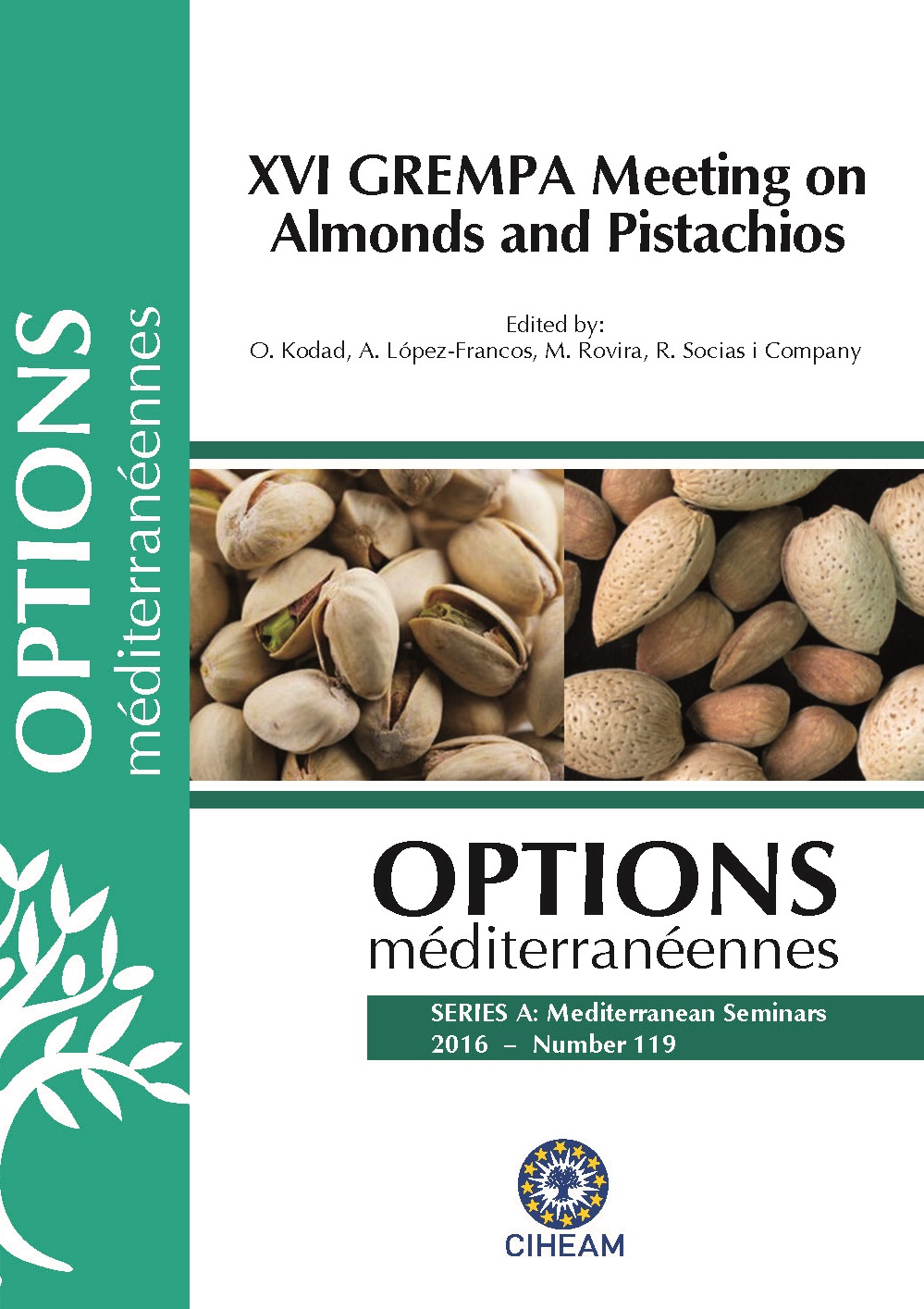| Article précédent | p. 229-232 | Article suivant |
Comparison between phyllosphere components of the leaves of Pistacia lentiscus in two stations of the Wilaya of Medea (Cherrata and Tamezguida) in Algeria
The aerial part of plants, phyllosphere, is colonized by complex communities of microorganisms. The microorganisms of the phyllosphere influence many processes in ecosystems and play a non-negligible role in agronomic and environmental field but its origin remains unclear. Bacteria are numerically more important and can modify plant growth and suppress or stimulate tissue colonization and infection by pathogens. In this study we aimed to describe the differences between the fungal and bacterial communities, their compositions and their structures on the leaf surface area of Pistacia lentiscus so called mastic pistachio. The biodiversity indices were performed to determine the organization of microorganisms in their communities after their characterization and taxonomy. Our results showed that the composition and the number of mi croorganisms are correlated positively with the leaf area.
La partie aérienne des plantes, la phyllosphère, est colonisée par des communautés complexes de micro-organismes. Les micro-organismes de la phyllosphère influencent de nombreux processus dans les écosystèmes et jouent un rôle non négligeable dans le domaine agronomique et environnemental mais leur origine reste floue. Les bactéries sont numériquement plus importantes et peuvent modifier la croissance de la plante et supprimer ou stimuler la colonisation des tissus et l’infection par les pathogènes. Dans cette étude nous nous proposons de décrire les différences entre les communautés fongiques et bactériennes, leurs compositions et leurs structures sur la surface de la feuille de Pistacia lentiscus, appelé aussi arbre au mastic. Les indices de biodiversité ont été calculés pour déterminer l’organisation des micro-organismes dans leurs communautés après leur caractérisation et taxonomie. Nos résultats montrent que la composition et le nombre de micro-organismes sont positivement corrélés à la surface foliaire.
- [ Afficher ]
- [ Télécharger ]
- [ Exporter la citation ]
Vous pouvez télécharger la citation au format :
- [ Imprimer ]
-
Mots-clés
BIODIVERSITE, PISTACIA LENTISCUSCiter cet article
Yasmine A., Safia B., Mustapha O., Corinne V. Comparison between phyllosphere components of the leaves of Pistacia lentiscus in two stations of the Wilaya of Medea (Cherrata and Tamezguida) in Algeria. In : Kodad O. (ed.), López-Francos A. (ed.), Rovira M. (ed.), Socias i Company R. (ed.). XVI GREMPA Meeting on Almonds and Pistachios. Zaragoza : CIHEAM, 2016. p. 229-232. (Options Méditerranéennes : Série A. Séminaires Méditerranéens; n. 119). 16. Meeting of GREMPA (Groupe de Recherches Méditerranéennes pour l\'Amandier et Pistachier / Mediterranean Research Group for Almond and Pistachio), 2015/05/12-14, Meknes (Morocco) . http://om.ciheam.org/om/pdf/a119/00007397.pdf



